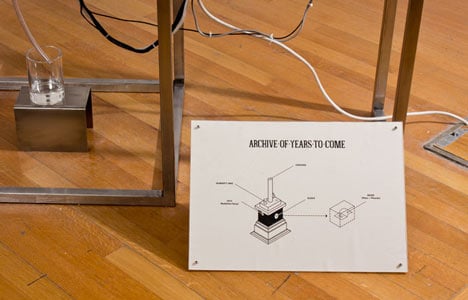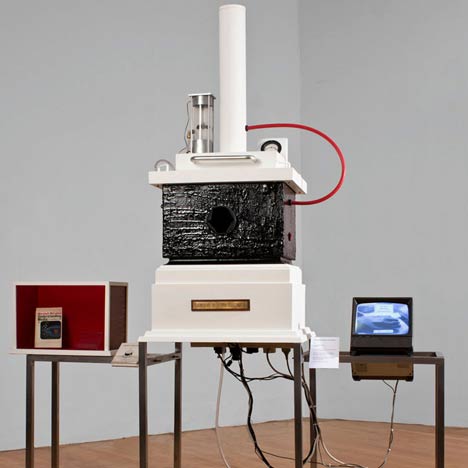
Archive of Years to Come by Koby Barhad
Having noticed piles of old books used as props in fashionable boutiques and bars, Royal College of Art student Koby Barhad created this "time machine" to accelerate the ageing of new tomes into objects with a sense of history.
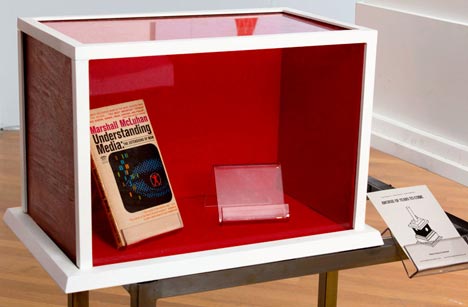
The Archive of Years to Come machine treats books with UVC radiation lamps and high humidity levels inside a sealed chamber and takes four hours to age a book by a whole year.
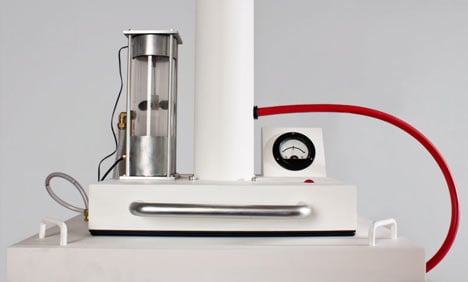
Barhad developed the project for a south London library while studying MA Design Interactions at the Royal College of Art in London.
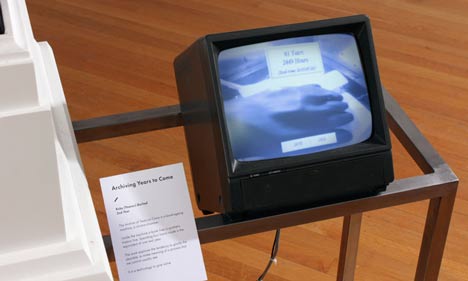
In 2010 we showed a machine designed by British designer Austin Houldsworth to rapidly fossilise organic material - see the machine here and the results of an experiment to fossilise a pineapple and a partridge here.
Here are some more details from Koby Barhad:
Archive of Years to Come
The “Archive of Years to Come” is a book-ageing machine, a chrono-chamber. Inside, a book lives a synthetic history line. Spending four hours inside the chamber is the equivalent of one real year.
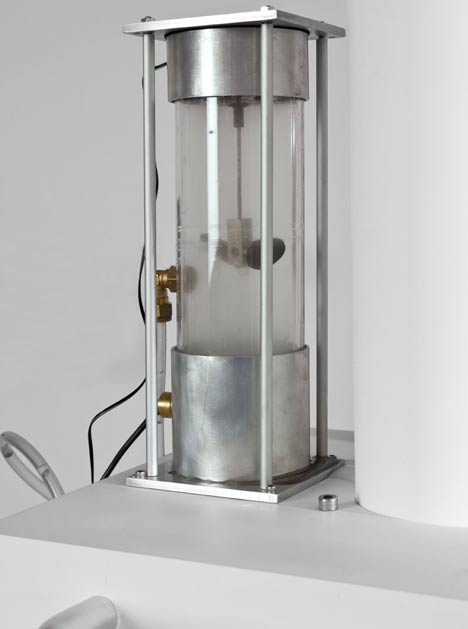
The work explores the tendency to glorify the obsolete, to make meaning of a process. It is a technology to give value. The project was originally designed for the "South Lambeth" library in London. It's purpose was to create a new myth around a historical library building (one of the Tate's free libraries that is currently under threat of closure). Having no documented history or records of its own past, I decided to create a working "time machine" that enable it to age the present in order to give it a new past.
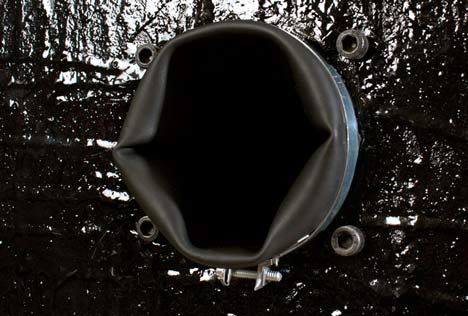
At the time I was working on the project I noticed that the high streets are filed with shops decorating their goods with old books. £40 shoes standing on a pile of used books, library wallpapers, torn old pages decorating a storefront manikins. Except from what seems as a sale strategy (smart old jeans for intelligent people), it echoes McLuhan's argument from almost 50 years ago. Books are obsolete and they will become an "art form". They became materials for new designs, they became an art form, they became the subject of art. So what is that we evaluate in books now?
